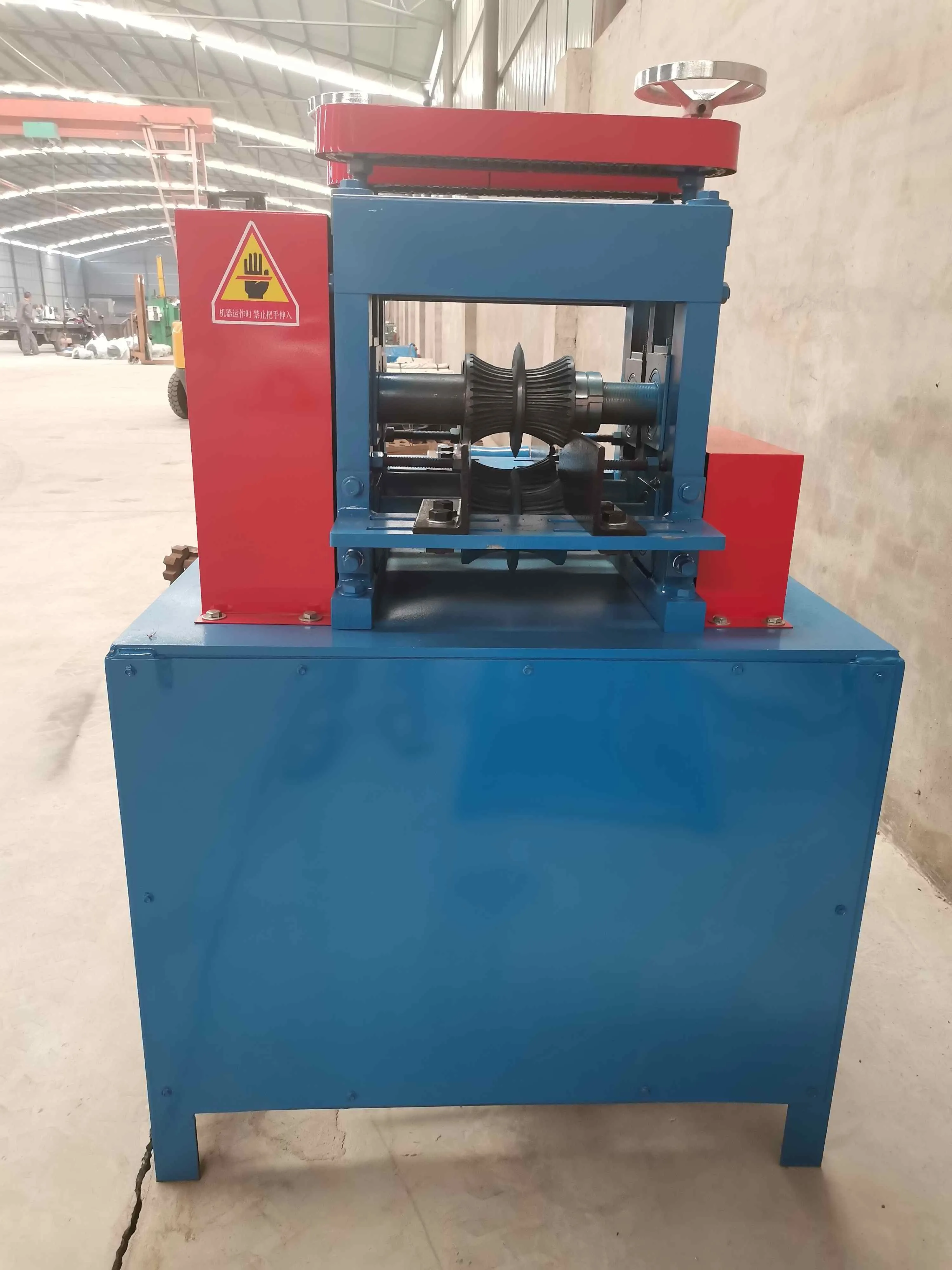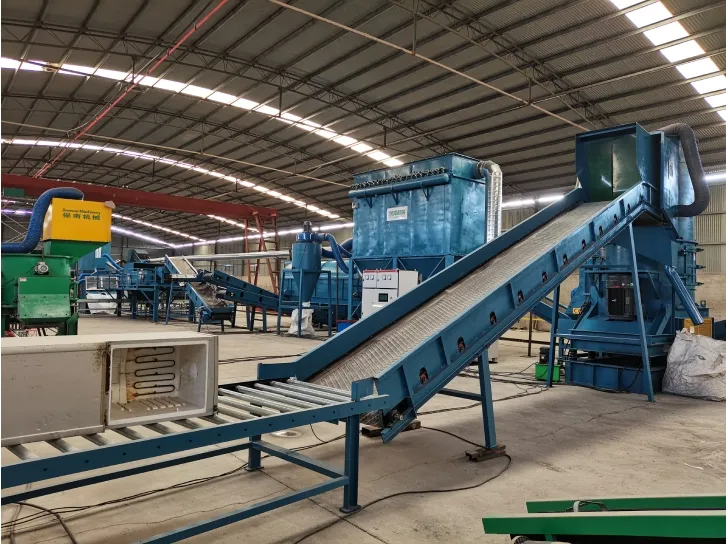The disposal of old tube televisions, also known as CRT TVs, is an increasingly common challenge as technology advances and consumers shift to modern flat-screen alternatives. Given their bulky nature and potentially hazardous materials, proper disposal is not only crucial for environmental health but also reflective of responsible consumer behavior.
Here’s a comprehensive guide that explores effective methods and the importance of disposing of old tube TVs.

Understanding the Components and Environmental Impact
CRT TVs contain materials such as lead, mercury, cadmium, and other heavy metals. These substances pose significant environmental hazards if not disposed of correctly. Lead, for instance, is utilized in the glass to shield against harmful radiation, but improper disposal can lead to soil and water contamination. Understanding these components underscores the importance of proper disposal methods and highlights the potential environmental consequences of neglect.

Exploring Disposal Options A Professional Approach
1. Recycling Centers and E-Waste Facilities Many communities have dedicated e-waste recycling facilities that accept old electronics, including CRT TVs. These centers are equipped to safely handle and process hazardous materials, ensuring they do not end up in landfills. Finding a certified facility is crucial, as they adhere to strict guidelines and offer assurance against environmental damage.
2. Retailer Take-Back Programs Some electronics retailers offer take-back programs where consumers can return their old televisions for safe disposal. Retail giants often partner with certified recyclers, providing an easy and reliable method of disposal. Checking with local electronics stores about these programs can facilitate convenient disposal.
3. Municipal Waste Programs Certain municipalities organize periodic e-waste collection events where residents can dispose of old electronics free of charge. This community-based initiative not only provides a secure avenue for disposal but also fosters local awareness regarding electronic waste management.
4. Professional Pick-Up Services For those unable to transport their old TVs, hiring a professional e-waste disposal service can be a viable option. These services typically offer home pick-up, ensuring the TV is handled and transported safely to a recycling facility. While there might be a fee, the convenience and assurance of responsible recycling often outweigh the cost.
how do you dispose of old tube tvs
5. Donation and Repurposing If the TV still functions, consider donating it to schools, non-profit organizations, or community centers. Many institutions accept working electronics for educational purposes or community use. Alternatively, some creative individuals repurpose old TVs for artistic or practical projects, ensuring they avoid the waste stream altogether.
Verifying Legitimacy and Building Trust
Ensuring the chosen disposal method is legitimate is paramount. Certified e-waste recyclers and reputable retailers usually provide documentation or certificates of recycling, guaranteeing the TV is handled according to environmental regulations. Trustworthy disposal not only safeguards the environment but also builds consumer confidence by demonstrating responsibility and adherence to best practices.
The Legal Landscape and Compliance
Various regions have implemented laws mandating the proper disposal of electronics. Familiarity with local regulations aids in compliance, reducing the risk of penalties and fostering an ethically conscious community. Many areas impose consequences for improper disposal, making knowledge of these regulations integral for any disposal plan.
The Future of E-Waste Management
The rapid pace of technological advancement necessitates ongoing improvements in e-waste management practices. Innovations in recycling technology aim to better extract and repurpose materials from old electronics, reducing environmental harm and conserving resources. Public awareness and education initiatives further catalyze these efforts, emphasizing the collective responsibility shared by consumers, manufacturers, and recyclers.
In conclusion, the disposal of old tube TVs is a multifaceted issue that intertwines environmental responsibility, legal compliance, and consumer convenience. By exploring and verifying the outlined disposal methods, consumers can dispose of their old electronics safely and sustainably, contributing to a healthier environment and a more informed society. The emphasis on proper disposal extends beyond mere obligation, embodying a conscientious approach to modern consumption and waste management.


